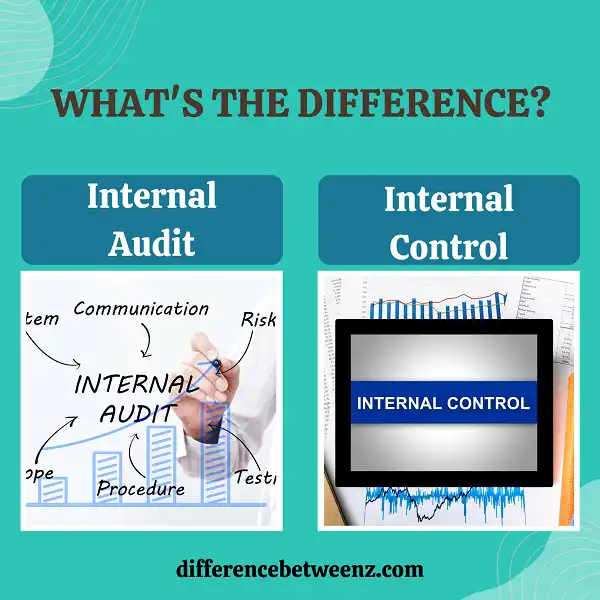Internal audit and internal control are both important functions in organizations, but they serve different purposes. Internal audit is designed to provide independent assurance to senior management about the organization’s risk management, financial reporting, and compliance processes. Internal control, on the other hand, is a set of processes and procedures that helps ensure that an organization’s objectives are met.
What is Internal Audit?
Internal audit is an independent, objective assurance and consulting activity designed to add value and improve an organization’s operations. It helps an organization accomplish its objectives by bringing a systematic, disciplined approach to evaluate and improve the effectiveness of risk management, control, and governance processes. Internal audit also provides insights and recommendations to management on how the organization can operate more efficiently and effectively. Ultimately, the goal of internal audit is to help organizations achieve their objectives by providing them with an objective perspective on their activities.
What is Internal Control?
- Internal control is a system of procedures and records designed to ensure the accuracy and completeness of an organization’s financial transactions and to safeguard its assets. The concept of internal control has been in existence for thousands of years, but it was not until the early 20th century that the term began to be used in business.
- In the wake of major corporate scandals, the Sarbanes-Oxley Act of 2002 codified the requirements for internal control systems in publicly traded companies. Since then, all businesses have been required to disclose their internal control systems to investors and regulators. There are five components of an effective internal control system: control environment, risk assessment, control activities, information and communication, and monitoring.
- The control environment sets the tone for an organization and provides the framework within which risk assessments are made, control activities are implemented, and information and communication systems operate. The risk assessment process identify risks that could adversely affect the achievement of an organization’s objectives and provides a basis for designing effective controls.
Difference between Internal Audit and Internal Control
Internal audit and internal control are often confused because they both refer to activities that help organizations ensure their financial reporting is accurate. However, there are some key differences between the two. Internal audit is a function that is performed by employees of the organization being audited. They typically report to the board of directors or audit committee.
Internal control, on the other hand, refers to the policies and procedures put in place by management in order to ensure the accuracy of financial reporting. While internal audit may evaluate internal control, it is not responsible for designing or implementing it. As a result, internal audit tends to be more independent than internal control. Because of this, organizations often find that internal audit provides a more objective assessment of their financial reporting processes.
Conclusion
Internal control is a process, not a product. It cannot be purchased or installed like an accounting software package. Internal Control should be designed into the organization’s business processes and related controls should be selected and implemented to support those processes. Internal Audit is an independent, objective assurance and consulting activity designed to add value and improve an organization’s operations. It helps an organization accomplish its objectives by bringing a systematic, disciplined approach to evaluate and improve the effectiveness of risk management, control, and governance processes. The purpose of both internal control and internal audit is to help protect an organization’s resources against unauthorized use or misuse and to ensure that transactions are properly recorded in accordance with management’s authorization.


